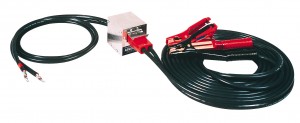Ben W
Chess Grandmaster (Supervised)
Not sure if this will be allowed. Think of all the people that use superchargers regularly that have free, lifetime access to superchargers. Those people will then charge up on a supercharger, then take that car home and power their homes. This can lead to abuse on a massive scale.
IMO the most convenient solution to all this would be for Tesla to provide a way to trickle-charge a single PowerWall from the vehicle battery. That would effect a huge multiplier for the PowerWall's capacity in an emergency (grid power out). Given that Tesla already has the infrastructure for micropayments (e.g. for SC idle time and per-kWh use), they could charge e.g. ~50 cents per kWh for such use, which would cover wear and tear on the battery (which is minimal, since the trickle-charge would be at a very low discharge rate relative to driving), and it would also prevent arbitrage from free SC fill-ups.




